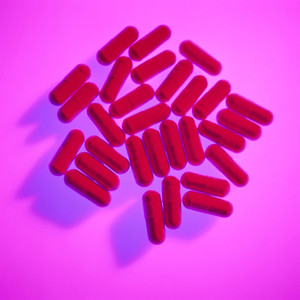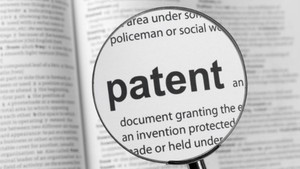The US, although it now has a legal pathway (with the approval of the Biologics Price Competition and Innovation Act [BPCI Act], which was signed into law on 23 March 2010 by President Barack Obama), does not yet have a practical pathway with guidance defined by the FDA.
The history of the developments leading to the signing of the agreement and the progress so far in implementing a biosimilars pathway are discussed below.
March 2009 – Californian Democrat Mr Henry Waxman introduces a bill in the House that would clear a regulatory path for generic manufacturers to produce biosimilars after a five year period of market exclusivity.
Major biotech companies were hoping for 14 years of exclusivity.
April 2009 – Six senators introduce legislation in the Senate that cuts the time allowed before biosimilars could compete with the originals to five years. Present law calls for a 12-year period of exclusivity for biological drugs.
The bill would give the FDA the discretion to approve biosimilars with less extensive testing.
July 2009 – The Senate votes to give biologicals 12 years of market exclusivity. The White House had proposed seven years and Mr Henry Waxman only five years.
November 2009 – The proposed healthcare bill that will be brought before the House includes a provision creating a way for the FDA to approve biosimilars.
The proposed bill gives brand-name drug companies sales exclusivity for 12 years, and allows them to extend that time frame, with minor changes to their formulas.
March 2010 – President Barack Obama signs the heathcare reform BPCI Act allowing the FDA to approve biosimilars to be marketed, with the FDA setting the rules as to what is required to gain approval.
October 2010 – The FDA holds a 2-day public meeting in order to obtain input on specific issues and challenges associated with the implementation of the BPCI Act.
January 2011 – Debate continues over the fact that although the BPCI Act of 2010 provided for a 12-year period of exclusivity for ‘biosimilar’ drugs a controversy has arisen over the interpretation of the word ‘exclusivity’ contained in the act.
Is it ‘market’ exclusivity, which would allow generic drug makers to launch 12 years and one day after the original approval, provided the patents were already expired? Or is it ‘data’ exclusivity, which would delay entrance considerably, denying generic drug makers access to the data until 12 years has elapsed?
February 2011 – In President Barack Obama’s proposed 2012 budget is a proposal to cut the patent exclusivity for biologicals from 12 years down to 7 years. Thus, he would be revisiting the battlefield on this issue, since this was one of the planks in his 2008 presidential campaign.
Editor’s Comment
The US is certainly lagging behind Europe in implementing guidelines for biosimilars. The EMA has had guidelines in place for some years and already approved its first biosimilars back in 2006.
Please feel free to share your thoughts via email to editorial@gabionline.net or in the comments section below. What are your views on the rate of progress for implementing biosimilars guidelines in the US? How do you think this will affect the biosimilars industry?
Related articles
Exclusivity for biological drugs in the US: what now
FDA holds public hearing on biosimilars pathway
US healthcare reform








 0
0











Post your comment